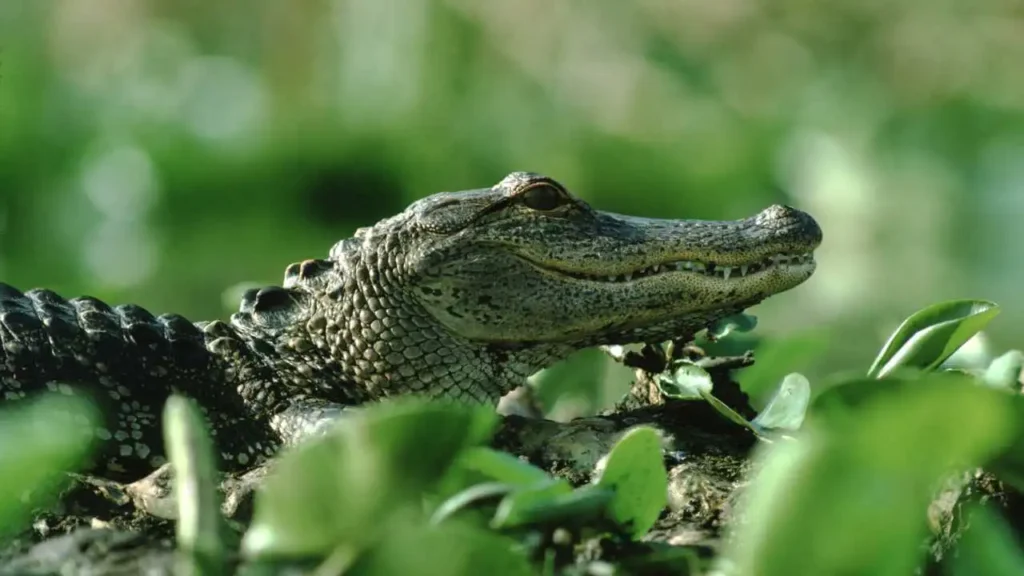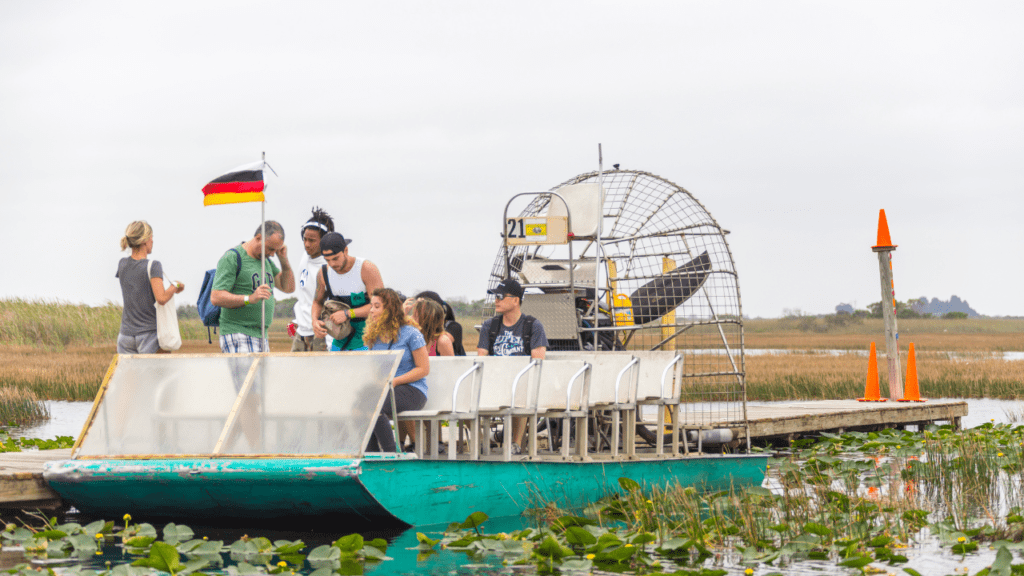
The Florida Everglades, a vast subtropical wetland spanning much of southern Florida, is a unique and complex ecosystem brimming with diverse wildlife. However, this delicate balance now faces a formidable threat: the Burmese python. These invasive snakes have exploded in population, devastating the Everglades and forever altering its ecological landscape.
How Did the Pythons Get to the Everglades?
Burmese pythons, native to Southeast Asia, are among the world’s most giant snakes. Their introduction to Florida is most likely traced back to the exotic pet trade. During the 1980s and 1990s, their popularity soared, but many owners needed to prepare for the snakes’ enormous size and demanding care requirements. Some irresponsible owners released their unwanted pets into the wild.
Hurricane Andrew in 1992 further exacerbated the issue. This powerful storm destroyed numerous pet and reptile breeding facilities, unleashing countless pythons into the nearby Everglades. With few natural predators and an abundance of prey, the pythons quickly acclimated to the swampland.
Unchecked Growth and Ecological Havoc
Burmese pythons are prolific breeders. Females can lay up to 100 eggs at a time, and they’ve found ideal conditions within the sprawling Everglades. Their population has skyrocketed, with estimates ranging from tens of thousands to hundreds of thousands. Lacking natural predators to keep their numbers in check, pythons have wreaked ecological havoc within the Everglades.
Decimating Native Wildlife
Pythons are apex predators that have significantly impacted native Floridian species. Their opportunistic diet encompasses everything from small mammals to birds and even alligators. Studies have shown dramatic declines in populations of raccoons, opossums, bobcats, and rabbits – some species have seen a staggering 90% or more reduction in their numbers.
Disruptions in the food chain create cascading effects. The loss of small mammals means increased pressure on their natural food sources and, in turn, the predators that rely on those small mammals for survival. The Everglades’ ecological balance is severely disrupted, and the long-term consequences are yet to be fully understood.
Alligator Versus Python
Characteristic |
Alligator |
Python |
| Classification | Reptile (Order Crocodilia) | Reptile (Order Squamata) |
| Native Range | Southeastern United States | Southeast Asia |
| Habitat | Freshwater swamps, marshes, rivers, lakes | Rainforests, swamps, grasslands |
| Size | Up to 15 feet long, over 1000 lbs | Up to 23 feet long, over 200 lbs |
| Diet | Carnivorous: Fish, birds, mammals, other reptiles | Carnivorous: Mammals, birds, reptiles |
| Hunting Method | Ambush predator, powerful bite | Constrictor, suffocates prey |
| Reproduction | Lays eggs in nests | Lays eggs in clutches |
| Status in Florida | Native species | Invasive species |
Efforts to Control the Invasion
Recognizing the severity of the python invasion, various governmental agencies and conservation organizations have launched multifaceted efforts to manage their numbers and reduce their impact. These strategies include
-
- Hunting and Removal: Authorities organize python removal programs, encouraging the public to hunt and capture invasive pythons humanely. These programs often offer incentives to promote participation.
-
- Research and Tracking: Scientists conduct extensive research to better understand python biology, behavior, and population dynamics. This knowledge is crucial in developing more effective control strategies—technological advancements like radio transmitters aid in tracking pythons to identify nesting sites and movement patterns.
-
- Sniffer Dogs: Specially trained dogs are deployed to locate pythons in remote areas. Their keen sense of smell helps hunters focus their efforts.
-
- Innovative Approaches: Researchers are exploring novel solutions, such as developing pheromone traps to lure and eliminate pythons, as well as investigating potential genetic control methods to curb their breeding.
Challenges in Controlling the Python Invasion
Despite these efforts, curbing the python invasion is an enormous challenge due to several factors:
-
- The Sheer Size of the Everglades: The vastness and dense vegetation of the Everglades make it extremely difficult to locate and remove snakes. Pythons are masters of camouflage, further complicating detection.
-
- Rapid Reproduction: Pythons reproduce at a breakneck pace. Even with aggressive removal programs, their high reproduction rate allows populations to rebound quickly.
-
- Limited Public Awareness: While awareness of the problem is increasing, a segment of the public still harbors sympathies for pythons or remains unaware of the ecological damage they cause.
Conclusion
The Burmese python invasion of the Florida Everglades is a cautionary tale of the unpredictable consequences of introducing non-native species into delicate ecosystems. It highlights the importance of responsible pet ownership and the dangers of releasing exotic animals into the wild. Continued efforts to control the python population are crucial for mitigating their devastating impact, but a complete eradication is highly unlikely. The




